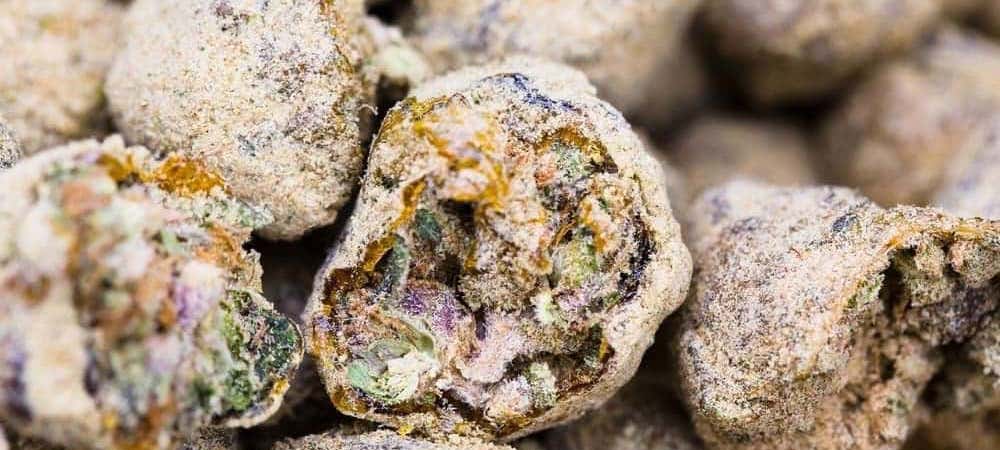Exploring the Top 5 Most Common Terpenes
Cannabis is a complex plant with over 100 unique compounds, including cannabinoids, flavonoids, and terpenes. While cannabinoids such as THC and CBD have gained significant attention, terpenes play a vital role in shaping the effects and therapeutic potential of cannabis.
Terpenes are aromatic compounds responsible for the distinctive scents and flavours found in different strains of cannabis. This blog will delve into the top five most common terpenes found in cannabis and explore their potential effects.
Myrcene
Myrcene is the most abundant terpene in cannabis and is also found in hops, mangoes, and lemongrass. This terpene is known for its sedative and relaxing effects. Myrcene acts as a natural muscle relaxant and has anti-inflammatory properties. It can enhance the permeability of cell membranes, allowing cannabinoids to be absorbed more easily.
Additionally, myrcene has been reported to have analgesic properties, making it potentially beneficial for pain relief. Strains high in myrcene are often associated with the “couch-lock” effect and are recommended for evening or nighttime use.
Limonene
As the name suggests, limonene is responsible for the zesty, citrus aroma found in many cannabis strains. This terpene is also found in citrus fruits, juniper, and rosemary. Limonene is known for its uplifting and mood-enhancing effects.
It has been associated with stress relief, improved mood, and increased focus. Some research suggests that limonene may also have antibacterial and antifungal properties. Strains high in limonene are often chosen by individuals seeking a stimulating and energizing experience.
Pinene
Pinene is one of the most common terpenes found in nature and is also present in pine trees, rosemary, and sage. It has a distinct pine scent and is known for its potential bronchodilatory effects. Pinene has been used for centuries in traditional medicine as an expectorant and anti-inflammatory agent.
When consumed, pinene is believed to enhance mental clarity and alertness. Some studies suggest that pinene may also have neuroprotective properties and could potentially counteract the short-term memory impairment often associated with THC. Strains rich in pinene are often sought after by those looking for a clear-headed and focused experience.
Caryophyllene
Caryophyllene is a spicy and peppery terpene commonly found in black pepper, cloves, and cinnamon. It is unique among terpenes because it can also act as a cannabinoid by binding to CB2 receptors in the endocannabinoid system. Caryophyllene exhibits anti-inflammatory and analgesic properties, making it potentially beneficial for pain management.
This terpene has also shown promise in reducing anxiety and depression-like behaviours in animal models. Strains high in caryophyllene are often chosen by individuals seeking relief from pain, inflammation, or mood-related issues.
Linalool
Linalool is a floral and lavender-scented terpene present in many aromatic plants, including lavender, coriander, and jasmine. It is known for its calming and sedative effects. Linalool has been used for centuries as a natural sleep aid and anxiety reducer. Research suggests that linalool may possess anti-anxiety, analgesic, and anticonvulsant properties. This terpene is often favoured by individuals seeking relaxation and stress relief.
Final Words
Terpenes are aromatic powerhouses that give cannabis its distinctive scents and flavours. Beyond their sensory appeal, terpenes also contribute to the potential effects and therapeutic benefits of cannabis. While the effects of terpenes can vary from person to person, understanding their unique properties can help individuals make informed choices when selecting cannabis strains. Whether you’re seeking relaxation, pain relief, or an uplifting experience, exploring the world of terpenes can enhance your understanding and appreciation of cannabis’s potential.




